© ROOT-NATION.com - Use of content is permitted with a backlink.
It became known that Ukraine just received the Norwegian NASAMS air defense system. Today we will talk in detail about this means of air defense that protects American presidents.
Read also: Weapons of Ukrainian victory: ATGM Stugna-P – Russian tanks are in trouble
What is intersting about NASAMS?
The advanced Norwegian anti-aircraft missile system NASAMS is the world’s first operational networked ground-based short- and medium-range air defense system.The KONGSBERG/Raytheon NASAMS air defense system has a network-centric architecture that can carry out several simultaneous combat operations. Its beyond-visual-range (BVR) capabilities, as well as high uniformity, allow for integration with other equipment and air defense systems. The NASAMS network extends the protection zone and increases the overall combat capability of the armed forces.

The anti-aircraft missile system (NASAMS) combines Norwegian launchers and control systems with the American AIM-120 Advanced Medium Range Air-to-Air Missile (AMRAAM). It is capable of hitting 72 targets simultaneously.
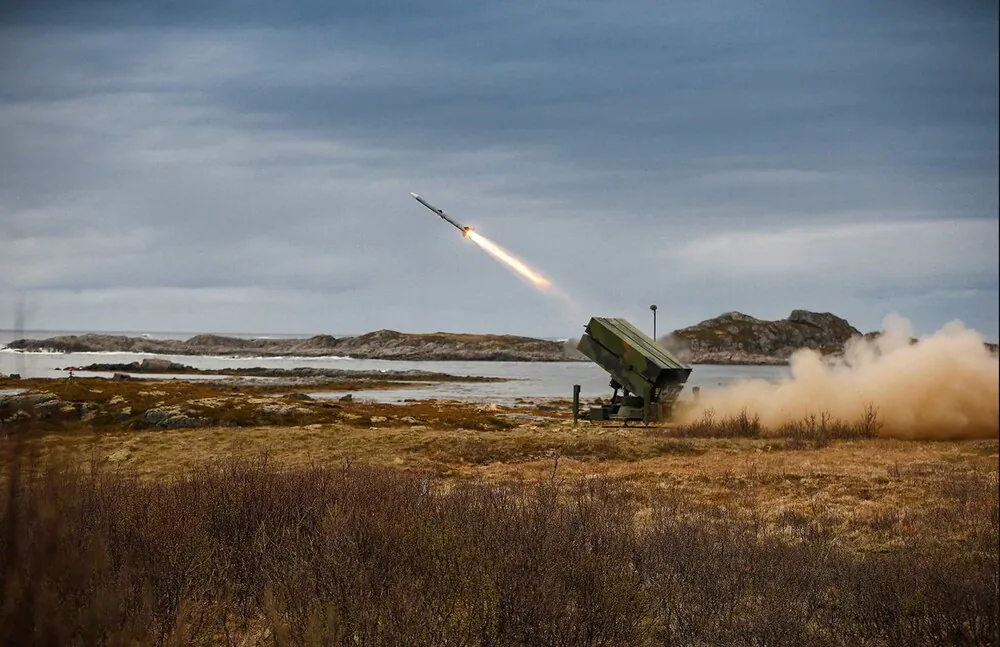
NASAMS is not an accidental abbreviation, it stands for Norwegian Advanced Surface to Air Missile System. Its development was started in the 1990s, when the Norwegian company Kongsberg Defense & Aerospace joined forces with the American company Raytheon to create a medium-range anti-aircraft system for the Royal Norwegian Air Force.
NASAMS (Norwegian Advanced Surface to Air Missile System) is a medium and long-range air defense missile system developed and manufactured by the Norwegian company Kongsberg Defense & Aerospace in cooperation with Raytheon of the United States. Following the implementation in Norway in 2015, four more NATO and EU countries acquired NASAMS. The NASAMS air defense system uses Raytheon AMRAAM missiles, but can also operate with other short- and medium-range missiles, such as the L-70, RBS 70 and HAWK missiles. The manufacturer also confirmed integration with Directed Energy Weapons (DEW) and long-range systems such as the Patriot.

NASAMS is designed to identify, engage, and destroy aircraft, helicopters, cruise missiles, and unmanned aerial vehicles (UAVs), as well as protect valuable assets and population centers from aerial threats and artillery and MLRS strikes. For the first time, NASAMS appeared in the service of the air defense forces of Norway, later they were exported to Spain, the USA, the Netherlands, and Finland. On March 13, 2019, the US State Department made a decision to approve the possible foreign sale to Australia of the AIM-120C-7 Advanced Medium Range Air-to-Air Missiles (AMRAAM) system and related equipment at an estimated cost of $240.5 million. In June 2019, it was announced that India has shown interest in acquiring the NASAMS-II anti-aircraft missile system. On February 10, 2020, the US State Department approved the possible sale of an Integrated Air Defense System (IADWS) to India, which includes NASAMS-II, at an estimated cost of $1.867 billion. In November 2020, Hungary confirmed the purchase of NASAMS for $1 billion. Ukraine will now join them.
Read also: Weapons of Ukrainian victory: The military praise the Piorun MPADS
Modifications of NASAMS
It should be noted that the first generation of NASAMS was put into operation in 1998. However, development of the system continued, and in the 2000s an improved version, NASAMS 2, was developed and entered service in 2006, followed by NASAMS 3 in 2010, which entered service in 2019.
Regardless of the variant, NASAMS is a networked medium- and long-range surface-to-air missile defense system. How do these modifications differ from each other? First of all, it is a combat control system, communication systems and radars, the entire network of sensors and radars is built on different platforms for greater efficiency.
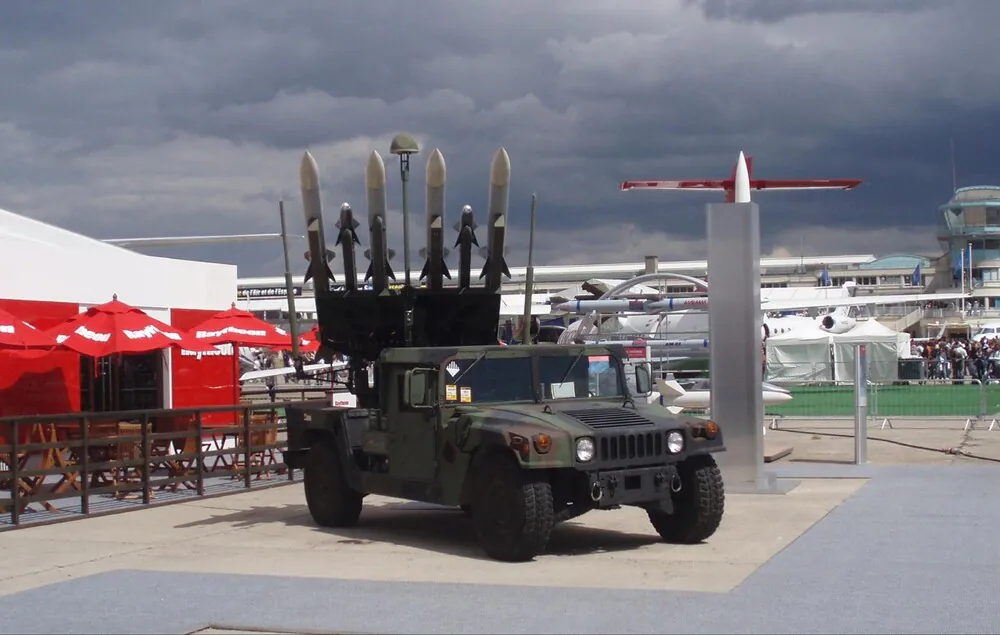
But the most important differences concern the use of different types of missiles and launchers. Initially, these were two missiles – AIM-120 AMRAAM with a range of up to 25 km (horizontally) and 40 km in the extended-range version, but in the NASAMS 3 version with upgraded launchers, cheaper shorter-range missiles appeared, for example, the AIM-9X Sidewinder Block II and IRIS-T (range is up to several kilometers).
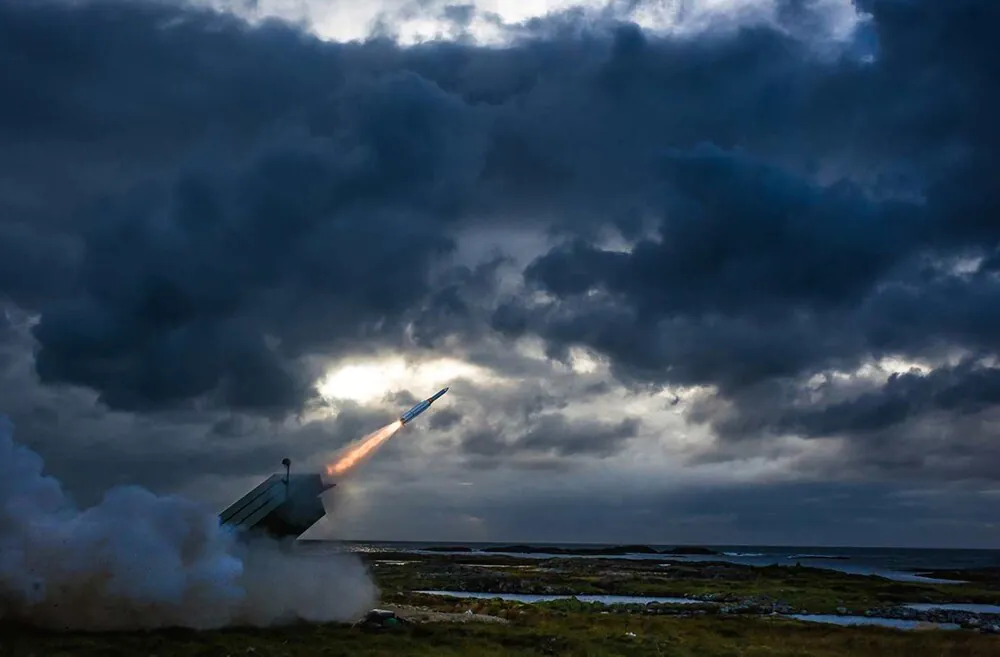
It should be noted that in practice, even in the latest version, NASAMS does not protect against all threats, although they can handle drones, airplanes, helicopters or even supersonic cruise missiles. But it is not effective enough against ballistic missiles, such as Iskanders, because it cannot be intercepted in the early stages of the missile’s flight, but only at the last stage, that is, immediately before impact. In addition, it is insanely expensive to maintain, with AIM-120 missiles costing between $180,000 and $300,000. Although, of course, that doesn’t matter much when human lives are at stake. But, fortunately, the mentioned missiles are quite common in the warehouses of the USA and NATO countries (even Poland), so their transfer to Ukraine will not be a particular problem.
Read also: Switchblade: American kamikaze drones to protect Ukraine
Launch scheme
NASAMS is equipped with three launchers, each of which carries up to six ready-to-fire rockets in transport and launch containers. The purpose of the NASAMS multi-missile launcher is to transport, guide and launch missiles with various characteristics. All of them are mounted on the same launch rail inside protective containers. Each NASAMS launcher carries up to six AIM-120 AMRAAM missiles and is connected to the FDC (Fire Distribution Center) via a radio channel and/or field wire. The mobile launcher can be deployed and remotely controlled at a distance of up to 25 km from the control center.
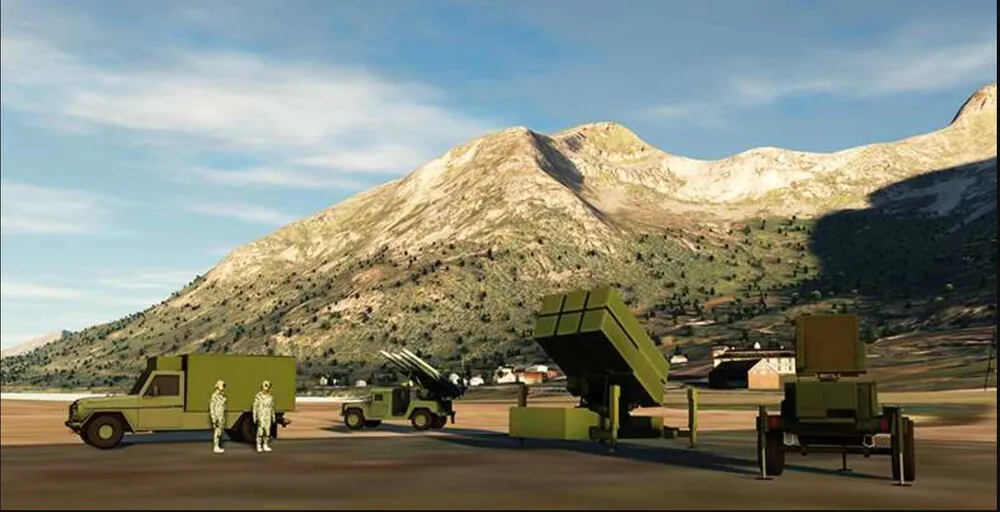
The launcher can fire six AIM-120 AMRAAM missiles in a matter of seconds at six different targets, providing multiple simultaneous engagements of combat targets. Up to 12 launchers with 72 missiles can be installed, and all missiles will be ready to fire almost instantly.
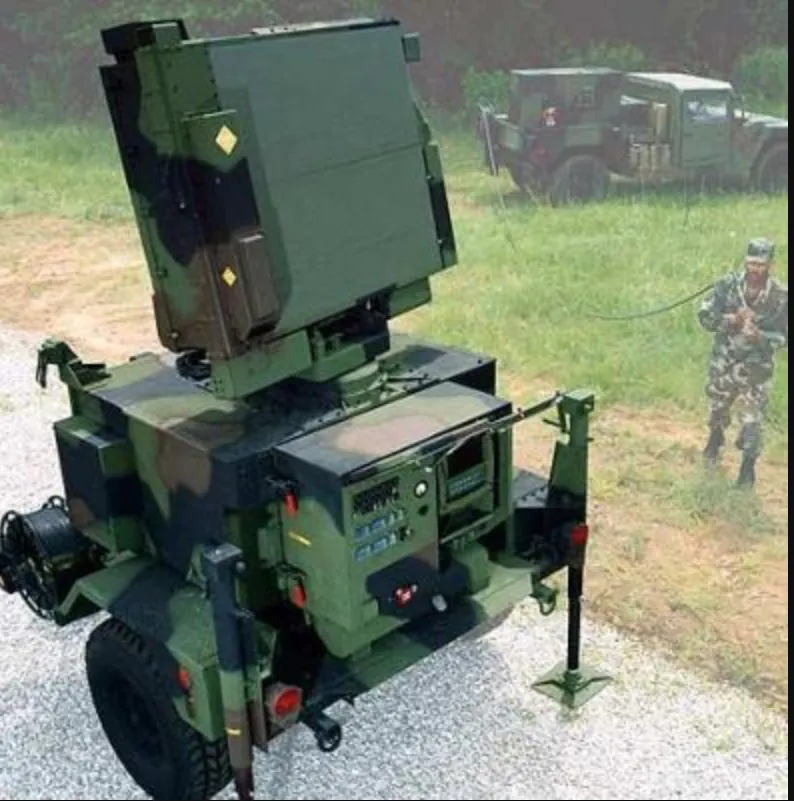
In the firing position, the platform with the launcher is lowered to the ground, and four hydraulic jacks can be deployed to stabilize the launcher during firing. In a configuration of 12 launchers with 72 loaded missiles, all missiles can be fired at individual targets in less than 15 seconds.
Read also: Silent killers of modern warfare: most dangerous military UAVs
Missile details
The AIM-120 AMRAAM was developed as an all-weather air-to-air guided missile used for fire support on F-15, F-16, F/A-18, F-22, F-4F, Sea Harrier, Harrier aircraft II Plus, Eurofighter, JAS-39 Gripen, JA-37 Viggen and Tornado. The AIM-120 high-speed missile is produced in several variants. The AIM-120B received the ability to be reprogrammed directly in the transport container, and the AIM-120C received an improved inertial guidance system, has an increased range and very high maneuverability to counter targets that carry out evasive maneuvers.
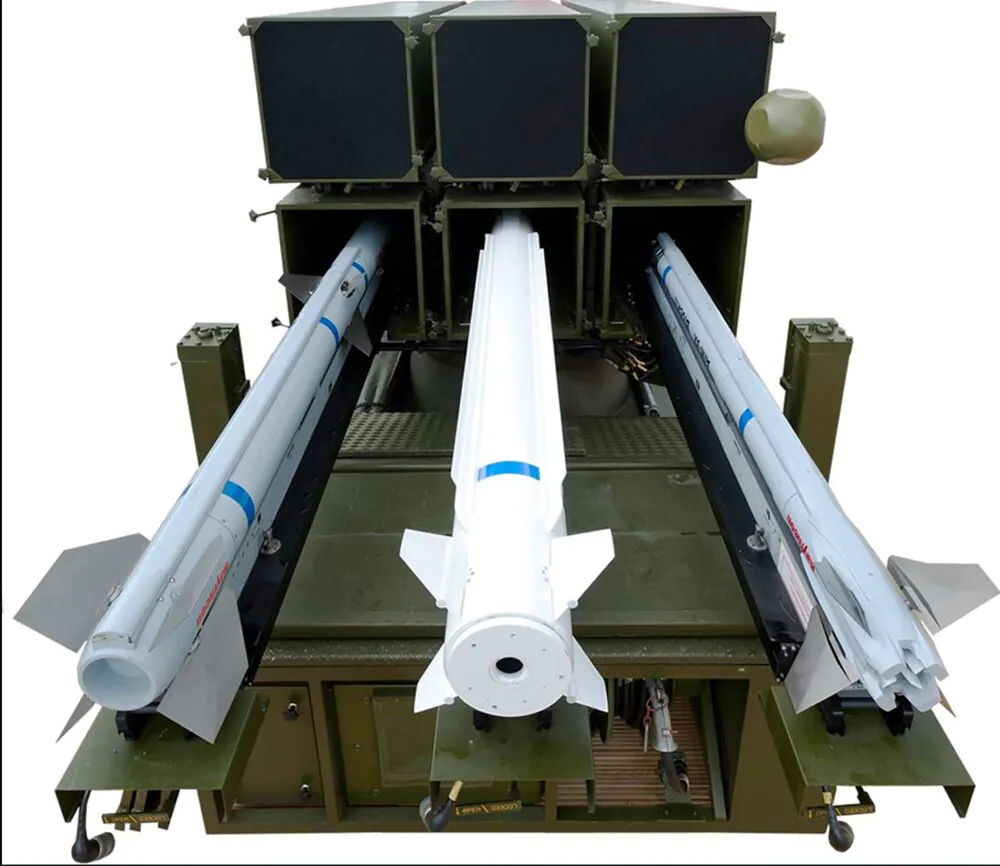
The latest field version, the AIM-120C7, includes an updated antenna, receiver, and new software algorithms to counter new threats. The use of compact electronics made it possible to reduce the length of the instrument compartment, and use the freed space for additional fuel. This made it possible to increase the firing range. This version of the missile is used by the Norwegian army, so there is a chance that it will come to Ukraine. The multiple missile launchers can also fire the AIM-9-X Sidewinder missile and the RIM-162 – ESSM. This missile is capable of hitting targets at a range of up to 40 km and at an altitude of up to 14 km.
Read also: All about the General Atomics MQ-9 Reaper
NASAMS mobility
The Norwegian army transports the launcher platforms on Scania 113H 6×6 chassis, but in other armies it can be carried on different types of chassis, such as Sisu for Finland and IVECO for Spain. The launcher platform is designed with ease of transportation in mind. All elements can be transported by helicopters, on Break-bulk or Roll-On Roll-Off vessels, and their dimensions do not exceed the profile of the Bern Tunnel.
The unit can be transported on various types of trucks. The launcher itself is equipped with a hydraulic system for loading and unloading from the truck and for proper positioning. The system can be powered by a generator or truck and can operate in semi-automatic or manual mode. This provides high mobility during use.
Read also: Weapons of Ukrainian Victory: Iris-T SLM for Ukraine from Germany
Radar and command post
The standard NASAMS air defense unit has a modular design that includes a command post called the Fire Distribution Center, an active 3D AN/MPQ64F1 Sentinel radar, a passive electro-optical and infrared sensor, and a number of launchers for missile containers with AMRAAM missiles. Typically four NASAMS units are networked into a battery.
The Fire Distribution Center is a proven BMC4I (Battle Management Command, Control, Communications, Computers and Intelligence) air defense module that provides advanced equipment for current and future air defense missions.
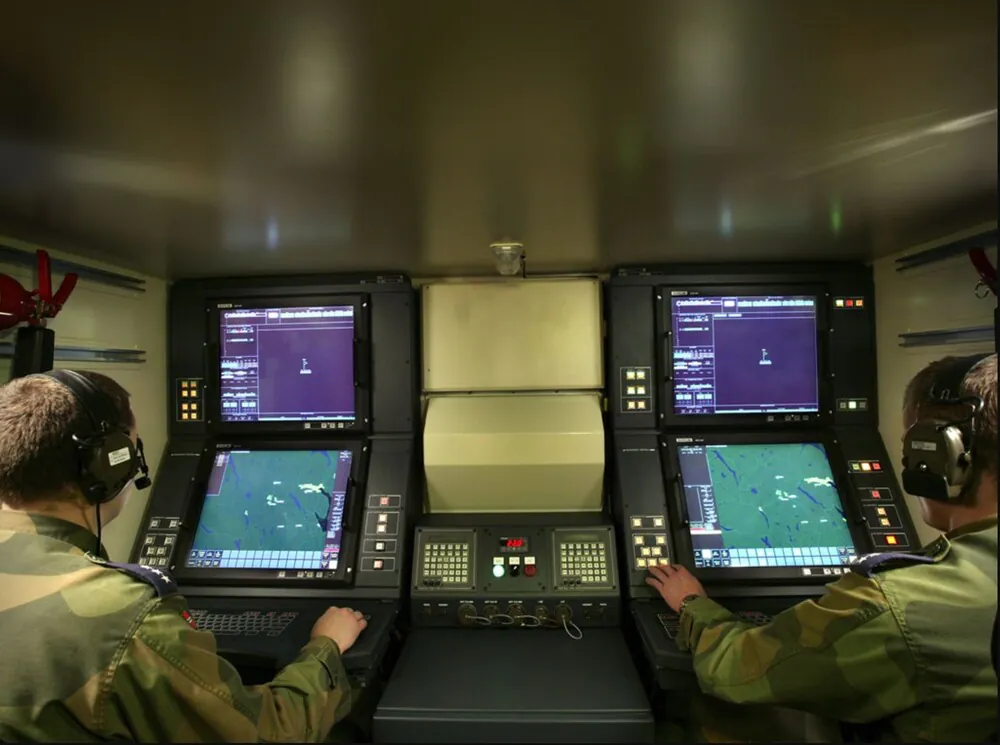
The NASAMS air defense system was equipped with an MPQ-64 F1 radar. It is a 3D phased array antenna system operating in X-band for automatic detection, tracking, identification, classification and notification of airborne threats.
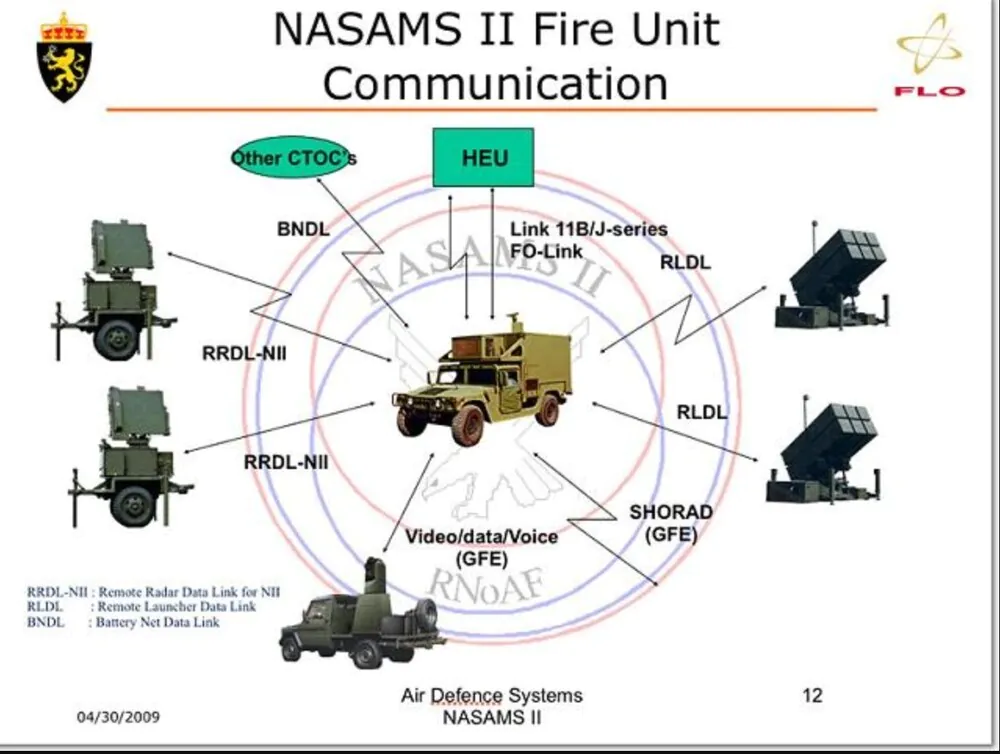
Each of the radars is capable of replacing the others. The fire control center can receive targeting instructions from the headquarters and issue data to individual launchers. All missiles can be fired at different targets within 12 seconds.
Read also: Weapons of Ukrainian Victory: Review of Starstreak MPADS
Specifications of NASAMS
- Range – 2.5 to 40 km
- Target elevation – 30 m to 21 km
- Reaction time – 10 s
- Deployment/packing time – 15/3 min
- Target speed – up to 1000 m/s
AIM-120 AMRAAM missile:
- Weight – 152 kg
- Combat unit – 22,7 kg
- Length – 3,7 m
- Diameter – 18 cm
- Speed – 1361 m/s
- G-force – 40 g
Read also: Weapons of Ukrainian Victory: Australian Bushmaster IMVs
Why is it so important for Ukraine to acquire NASAMS?
In recent days, many shocking videos have appeared where we can see dramatic scenes of attacks on Ukrainian cities, and therefore on civilians, with the use of Russian missiles of all kinds. The President of Ukraine asked our partners for the supply of new systems, since the Soviet air defense systems and missiles (for example, Buk-M1) still available in Ukraine are outdated and not very effective in combating modern threats.
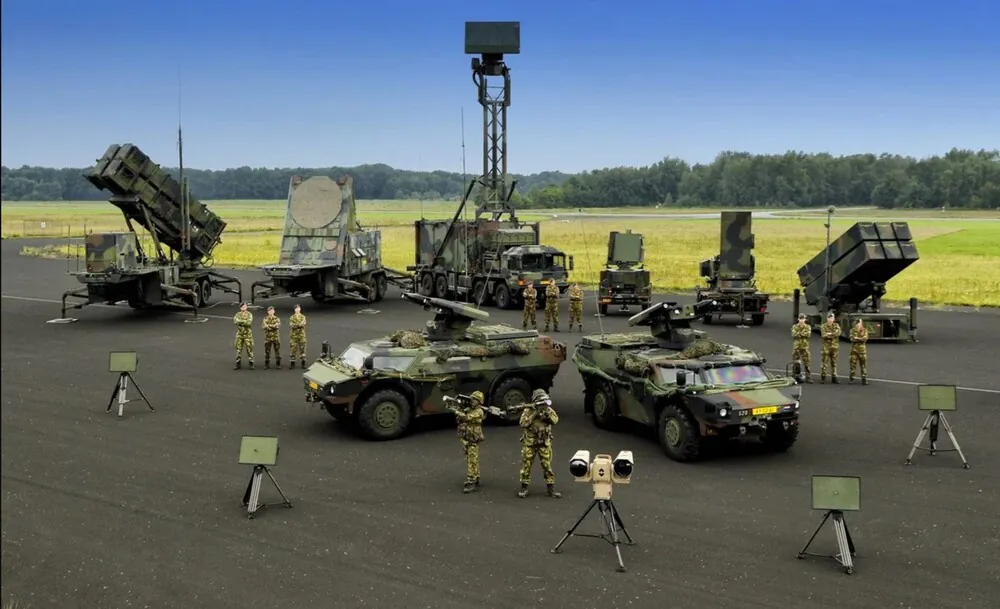
This appeal was not ignored and our Western partners responded. So far, it is not known for sure how many batteries will be transferred to Ukraine (although we were talking about two) and where they will be placed. Since NASAMS has a shorter range than the more famous MIM-104 Patriot (25 vs. 90-160 km), more batteries will be required to cover the same area. However, there is no doubt that our country needs not a few batteries and not even a dozen, but several dozen such systems in order to be able to sleep peacefully under the threat of the Russians using ballistic and cruise missiles.
But no matter how many batteries are delivered, it will obviously become a big problem for Russia. When Canadian F-18s went up against NASAMS during a training exercise in 1999, they failed to hit a single launcher, while NASAMS nominally ‘downed’ 18 confirmed targets. I doubt that Russia will do better.
Read also:
- ‘Neptunes’ knocked out ‘Moskva’ cruiser: All about these anti-ship cruise missiles
- Comparison of F-15 Eagle and F-16 Fighting Falcon fighters: pros and cons
The invaders have nowhere to run from retribution. We believe in our Victory! Death to enemies! Glory to Ukraine! Glory to the Armed Forces!
You can also help Ukraine fight with Russian occupants via Savelife or via an official page of the National Bank of Ukraine.

